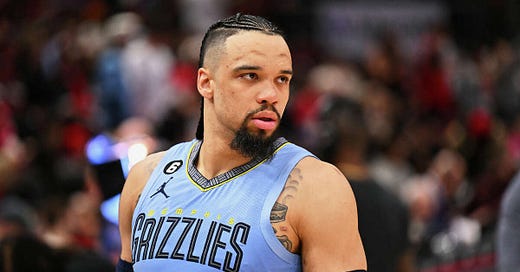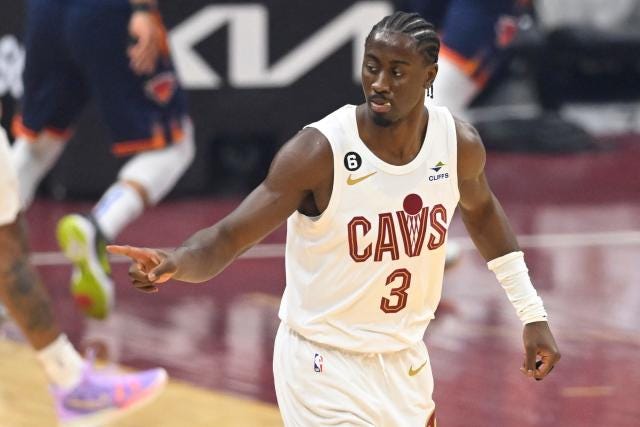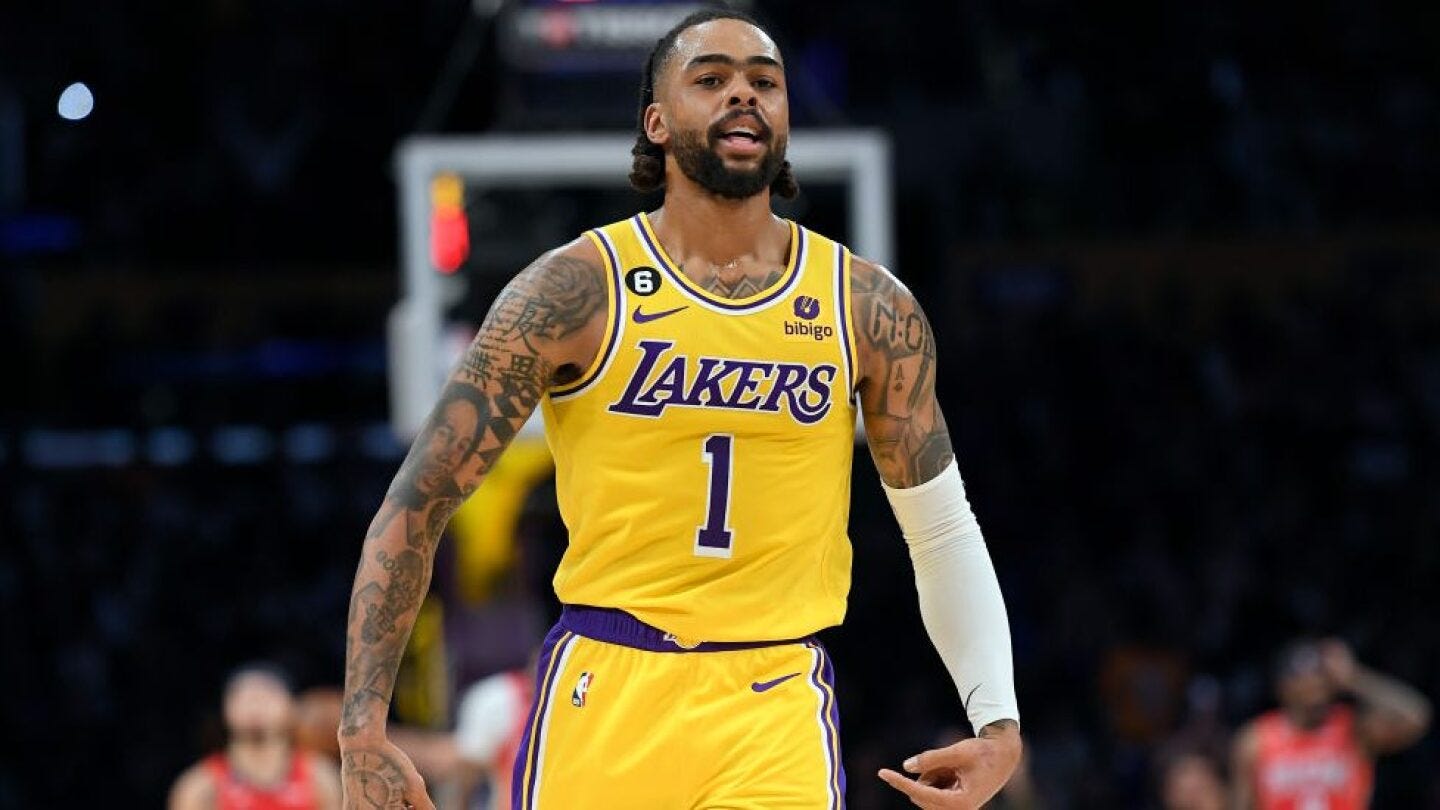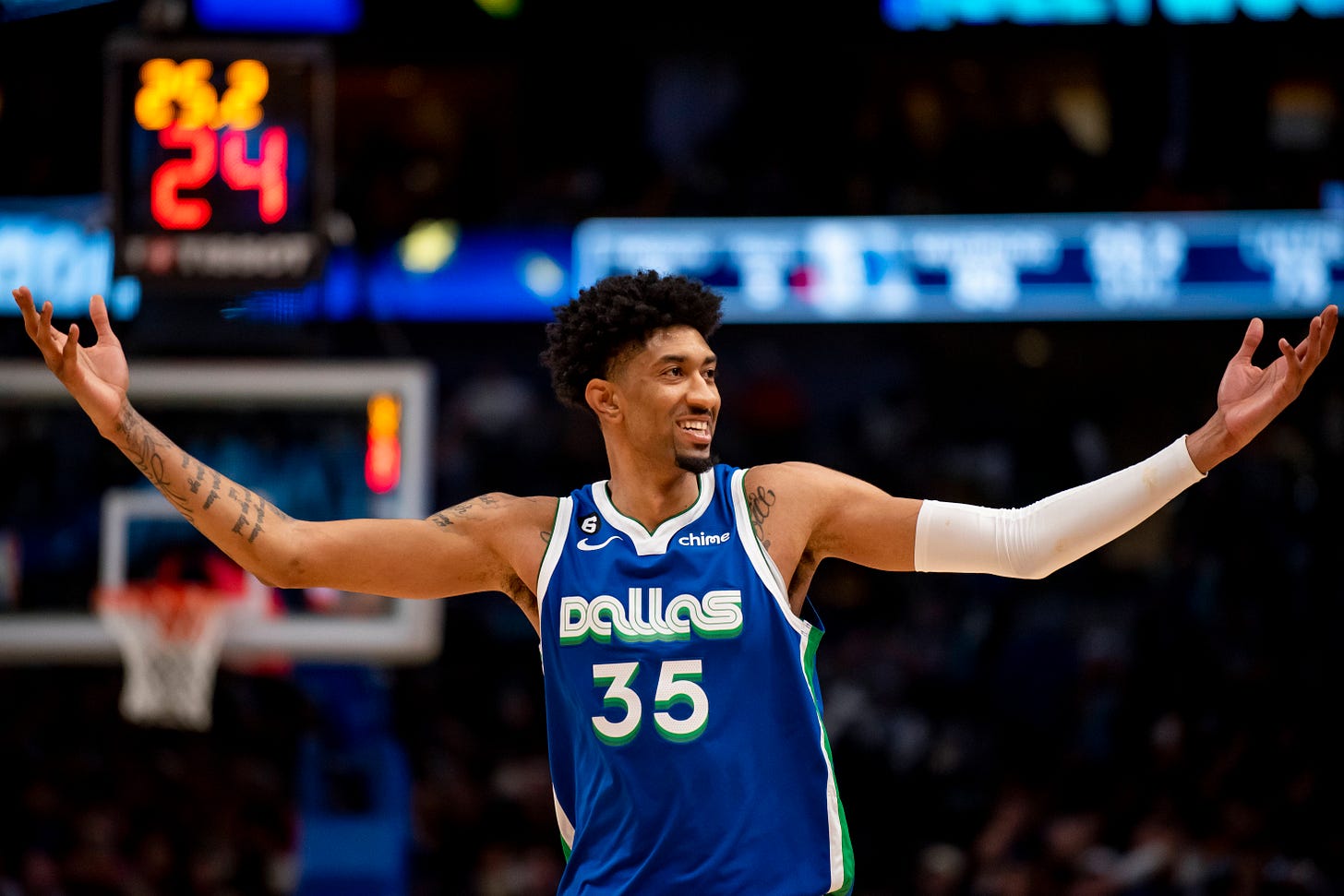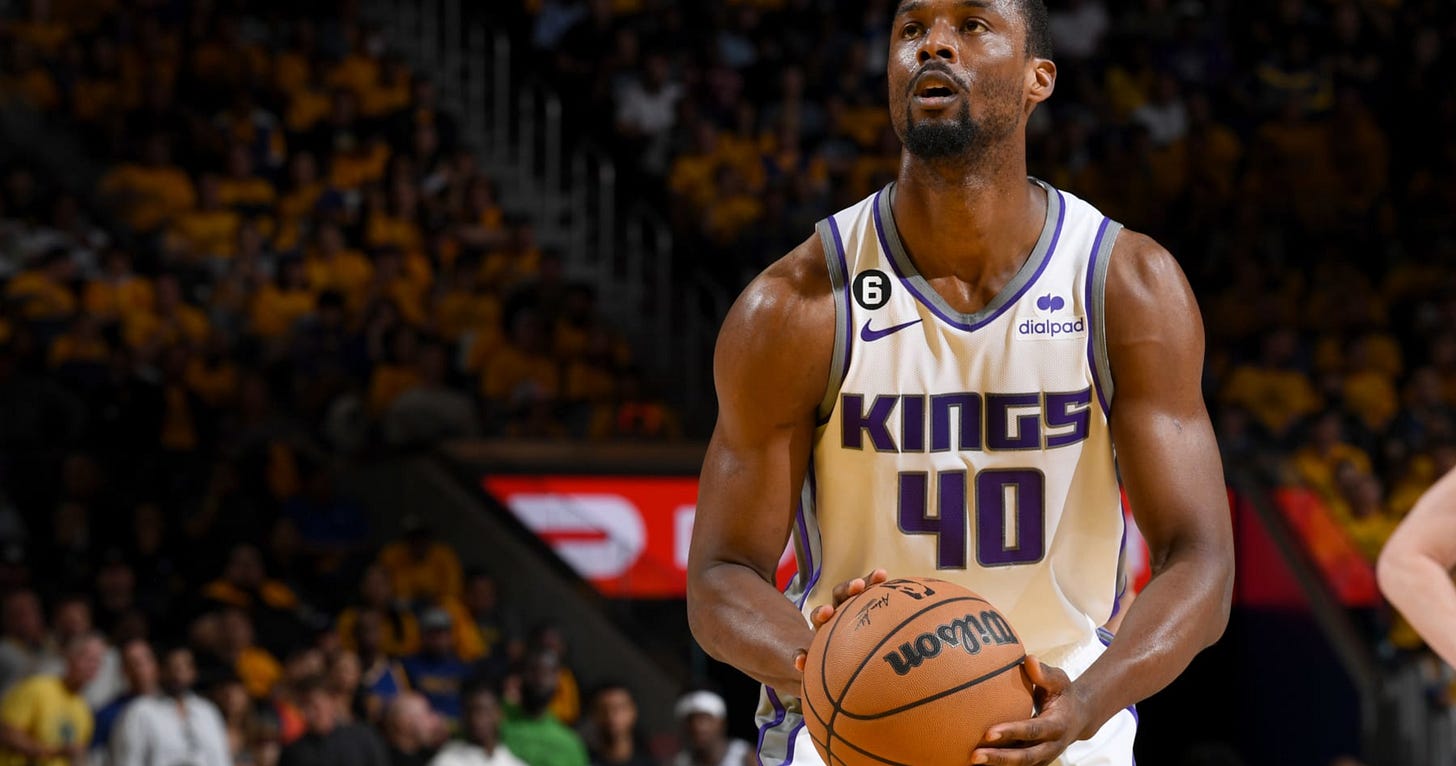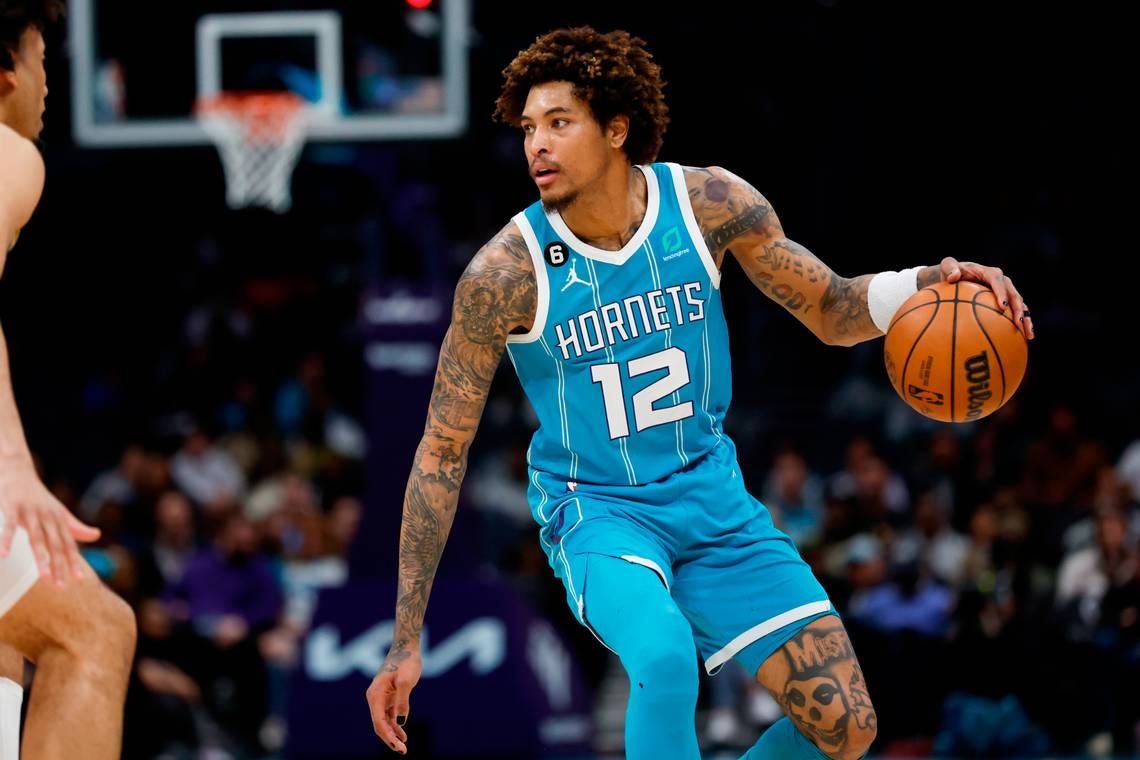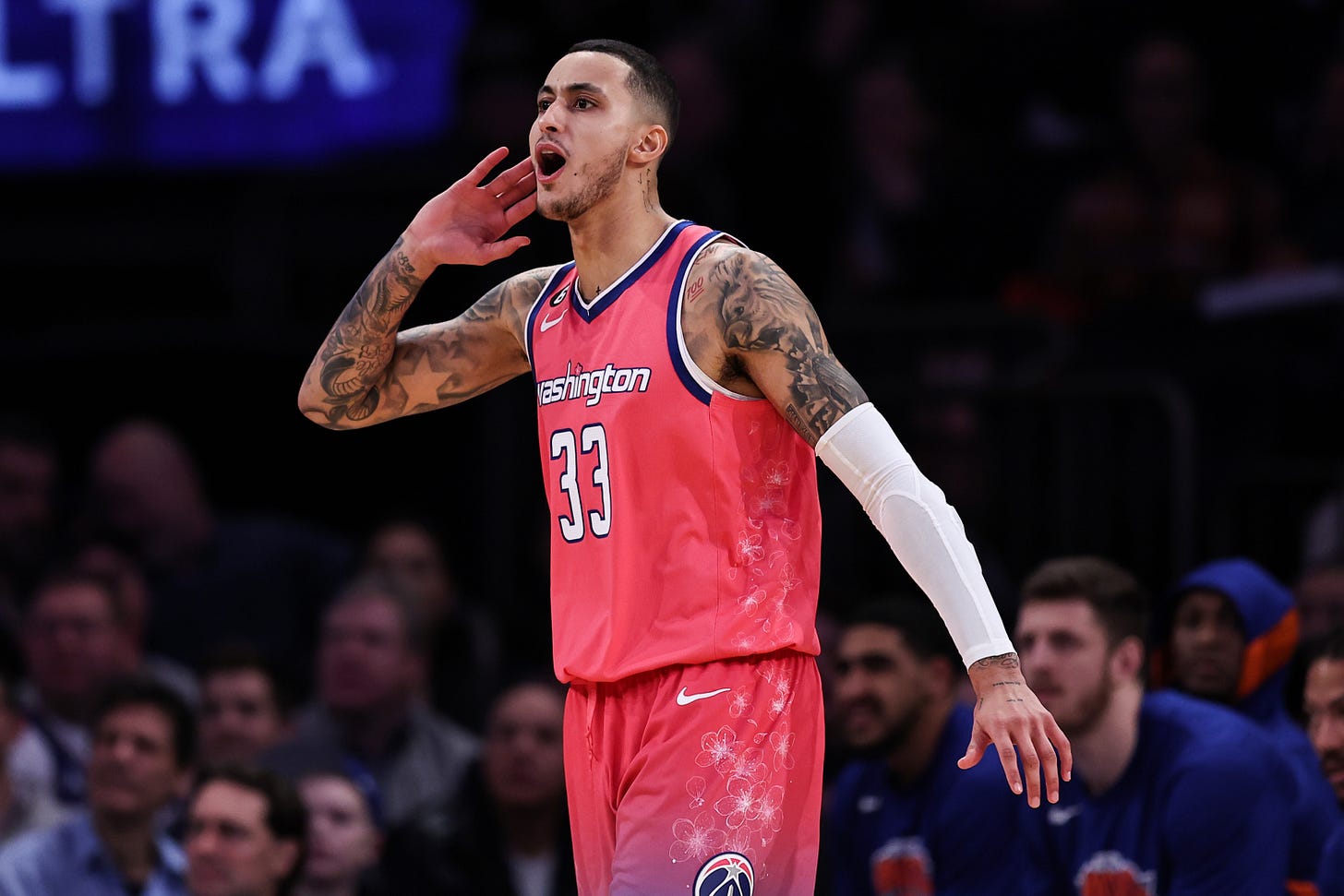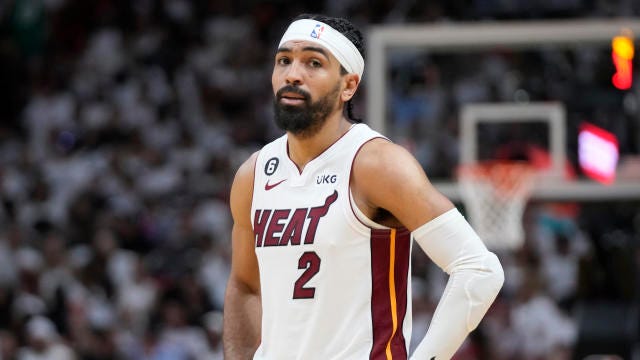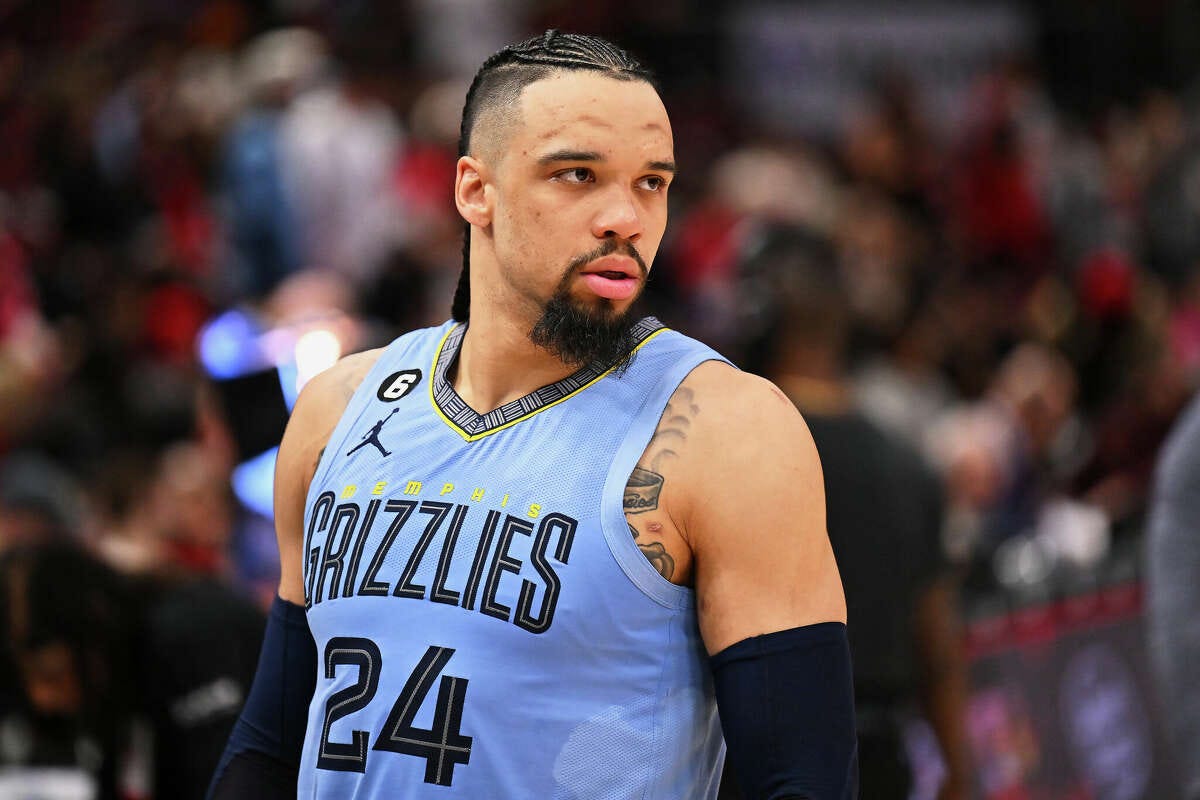The 10 Unrestricted Free Agents to Avoid in Summer 2023
Don't give these guys the bag! Or at least not the bag they want
NBA free agency is almost here, and everyone’s favorite team is linked to someone. While there are only a handful of teams with meaningful cap space, sign-and-trades have a way of creating some significant surprises. There are almost 100 unrestricted free agents who weren’t on two-way contracts hitting the market this summer, but while they all offer something to an NBA roster, some of them are Trojan horses.
***An important note is the NBA’s new CBA and the projected spike in revenue from new television deals. It is almost a certainty that the salary cap will grow substantially over the next four years. How much remains a question, but what we view as a large contract will change substantially. That being said, the new CBA will make it more difficult to move off of problem contracts and will penalize teams more stringently for exceeding the salary cap. Because we have two forces pulling contract value in opposite directions (a higher cap makes all contracts better, and a more stringent CBA with less trade flexibility makes all contracts less valuable) I have decided to view all contracts through the lens of what is a good contract today. Depending on the yet-to-be-ratified details of the new CBA and the influx of revenue my views could change, but because those are unknowns, I had to make some assumptions.***
A few factors were considered, to gauge who are the worst free agents. The first is production. Good players are better to have and commit money to. The second is age. The younger a player is, the more likely they are to be healthy, improve over the life of the deal, or at least not get demonstrably worse. The third is their previous salary/expected salary. As a rule of thumb, NBA players don’t get paid less until they hit their fourth contract. Part of that is survivor bias, but a lot of it is mandates over how salaries escalate following a rookie contract. The fourth is positional/role scarcity. Wings who can shoot and defend a little are just harder to find than a drop big that can rim run. However, sometimes scarcity can push the price of a free agent to a breaking point. Without further ado, these are the ten worst unrestricted free agents.
10 Worst Unrestricted Free Agents
10. Caris LeVert
Caris LeVert comes in at tenth for a few reasons. The first is he’s just not that good. He’s miscast as a high-usage offensive hub, and he doesn’t have a track record of consistent 3-point shooting. He did convert a career-high 39.2% of his triples in a career-high 74 games for the Cleveland Cavaliers, but it’s always wise to take career-best lines in a player’s age-28 season with a grain of salt. His defense has been hit or miss, and his teams are almost worse when he’s on the court than when he sits. The next reason is his previous salary. LeVert just came off a contract where he made $18.79 million, and while I would be shocked if he saw a raise, there are better ways to spend $15 to $20 million.
LeVert’s age is also an issue. He’ll turn 29 in August, and it’s likely the player he has been is the player he is. He’s a solid rotation piece or innings eater for a bad team that just needs to reach game 82 without being a total embarrassment. Committing to him for more than a season is a substantial gamble if his shooting gains prove to be a one-season aberration. One thing LeVert has going for him is he can handle the ball, and as a shooting guard that can fake it at small forward, he has some positional and role versatility.
If LeVert has a chilly market, which I wouldn’t be surprised to see, he could end up being a bargain. But suggesting a player needs to be unwanted to land a fair deal means they’re not an attractive free agent. A contender should try to convince him to take a below-market one-year deal to prove he can be a cog in a winning machine. Unfortunately, he’s at the exact age where he only has one more big contract, so I expect him to hunt for the largest dollar amount.
9. Dennis Smith Jr.
Dennis Smith Jr. was one of the best stories of the 2022-23 season. He was on the verge of being out of the league in the summer of 2022, but he used the Charlotte Hornets’ injury woes to land a roster spot and never looked back. His defense at the point guard spot was exceptional, but the same thing that almost knocked him out of the league was still there. Smith is a career 29.9% 3-point shooter and only converted 21.6% of his triples in 2022-23. He has never cracked 50% on 2-pointers and isn’t an assists machine. His strong 2022-23 season was powered by his defense and cutting his turnovers to a career-best 2.8 per 100 possessions.
Smith is still young, he won’t turn 26 until late November, but he is still perilously close to falling back into obscurity. Small guards don’t age well, and small players without plus-plus wingspans can see their defense slip with any downturn in athleticism. With how much young talent there is in the league at the guard spot, there are just so many more exciting cheaper options than Smith.
I hope Smith lands a multi-year deal and carves out a nice role as a backup point guard, but he basically cannot play with starters for any team that isn’t chasing the lottery. However, any deal that pays him in excess of $5 million a season is probably an overpay considering the production you can coax out of a second-round pick. I’m not sure what Smith is looking to command in free agency, but I wouldn’t even sniff around. Even if he’s a bargain, you can find a player with way more upside on better financial terms.
8. D’Angelo Russell
D’Angelo Russell is the first legitimately good player on this list. Since 2018-19, he has an offensive box plus-minus of +3.0, routinely a top-30 figure. However, his offensive excellence is part of what makes him such a scary free agent. Offense gets paid, D’Lo produces offense and should be looking for a deal that pays him in the neighborhood of the $31 million he just earned.
Unfortunately, his teams are never very good with him on the court, and he’s a porous defender. Since his offensive breakout in 2018-19, his teams have been +0.2 points per 100 possessions better with him on the court. Is that a player worth committing $30 million to? Maybe? But probably not for a few reasons.
Russell is most useful to a bad team where he keeps the offense afloat and prevents dreadful results, but he isn’t nearly as valuable to a good team. Any real contender likely has a better lead ball handler, and turning Russell into a floor spacer on offense makes his defensive contributions far more pertinent. Also, why would a tanking team commit a bunch of money just to see their young players lose valuable on-ball reps?
Honestly, the Lakers are a near-perfect spot for him. They have one of the best defensive anchors in the league in Anthony Davis, and LeBron James is at the stage of his career where he needs another lead ball handler to allow him to conserve energy for the most crucial moments.
I expect the Lakers to try and bring Russell back on a deal in the neighborhood of $20-25 million per season. However, I also expect Russell to be interested in landing far more than that. He’s 27, and any long-term deal will likely be his last big contract. I don’t think he’ll get what he’s looking for, but if he does, it’ll likely be a contract that is moved as quickly as possible, just like his last deal.
7. Christian Wood
The Christian Wood cycle has been firmly established. He comes in, scores at excellent efficiency, fans think they have someone, coaches hate him, and it gets awkward when he plays less than his scoring volume and efficiency suggest he should. The problem is Wood is the definition of a losing player. He gets his stats and nothing else. Points and rebounds are the most replaceable statistics, and that’s exactly what he hunts.
The best role for Wood is as a bench floor spacing center. Unfortunately, he has shown no interest in committing to that role. He can’t defend the perimeter, he can’t defend the rim, he is a poor rebounder, largely grabbing uncontested boards and rarely boxing out, and it limits his ability to play heavy minutes at either the four or five.
Wood is a weird player. His scoring and efficiency make him look like a potential All-Star, but he literally does nothing else. He’s coming off a $14 million salary, and it’s likely he is looking for a pay bump. I wouldn’t give it to him and want him anywhere near my team. He’s one of the least self-aware players, and toxicity has followed him at nearly every stop. Whoever signs him will be treated to some truly special offensive outbursts, but the common thread will be frustration.
6. Harrison Barnes
I’m a big fan of Harrison Barnes, but he’s at the exact age where contracts begin to get very risky. Barnes has already turned 31, and his next deal should take him through his age-34 season. The list of NBA players past age 33 is incredibly short and uninspiring once you get past the All-time greats that age gracefully by virtue of starting from such a high spot. Unfortunately, Barnes doesn’t have that far to fall before he becomes a reserve player. Making any long-term deal at around $20 million a tricky proposition.
Barnes is a legitimately good player that combines strong scoring efficiency and free-throw generation with passable defense. As a power forward that can fake it against small forwards, he is the quintessential modern wing, but upon further inspection, I’m concerned he won’t age all that well.
Barnes has been an excellent 3-point shooter throughout his career, but his 3-point field goal percentage is a bit of a mirage. Nearly a third of his threes have come from the corner, where he has converted 41.6% of his tries, which means his career 37.8% 3-point shooting doesn’t offer the same type of floor spacing as you would assume. Throw in declining defense and next to no playmaking, and suddenly you’re paying $20 million a season for a corner-three specialist. The Kings have a tough decision to make regarding Barnes because his play has earned him a contract in the $20 million per season range, but it’s the length of his next contract that would give me pause.
5. Kelly Oubre Jr.
The final five spots on this list feature four small forwards, and Kelly Oubre comes in at fifth. Oubre will have a long career in the NBA because there just aren’t enough people 6’6 and taller capable of moving their feet quickly enough to defend on the perimeter as the league demands. He is the quintessential small-forward innings eater. He can sort of defend and score, and because he’s 6’7, that makes him a starter on a bottom-third team.
That positional scarcity makes Oubre, and these other small forwards, such dangerous free agents. Teams desperately need players like Oubre, but their actual basketball abilities lag behind their price tag. Outside of Oubre likely coming at a premium, he is also one of the most frustrating players in the league. His feel for the game is poor, and he got in the habit of chucking bad shots for a decimated Hornets team. He’s been in the league for eight seasons and still feels like a young player when you watch him play. I’d rather spend my money elsewhere and hope for the best at small forward.
4. Kyle Kuzma
Kyle Kuzma’s free agency will be fascinating. He is an average player that plays an in-demand position and has his sights set on a big payday. The biggest issue with Kuzma is he hasn’t shown the ability to scale up his efficiency substantially when given a lesser offensive role, and he’s not an efficient enough shot-maker to garner a higher usage. Throw in adequate defense and problematic passing, and you have a roughly average player that averaged 21.2 points per game on a bad team in the highest-scoring season in ages.
Some team is probably going to offer Kuzma well over $20 million per season, and chances are they’ll be disappointed. His game looks far better than it is effective. He can take and make tough shots, but when you get to the end of the game, he went 8-21 with four turnovers and two assists. Defensively, Kuzma is more of a power forward, but he doesn’t offer much rim protection, which limits his defensive utility.
The final worry is that Kuzma will turn 28 this summer, suggesting his best seasons may already be behind him. There is a common thought that a player’s prime is 27 to 32, but in reality, it’s usually closer to 27-24. Kuzma is who he is, and that’s a perfectly solid player, but not one you throw the bag at.
3. Khris Middleton
Khris Middleton’s free agency will likely break the Milwaukee Bucks. They absolutely need to re-sign him because there are no viable replacements, but re-signing him could lock them into an aging and middling roster as Giannis Antetokounmpo enters the final years of this absolute prime. A whole host of factors are working against Middleton and the Bucks.
Middleton’s age is my primary concern for any contract he signs this summer. He will turn 32 before the season begins, which means even a four-year contract will keep him on the books through his age-35 season. The next is his combination of production and availability. Middleton has had one truly excellent season in his career, followed by a bunch of very good ones. In his 2019-20 season, he produced a BPM of 4.1 and an offensive BPM of 3.4, but since then, he has clocked in at a 1.3 BPM and a 1.6 offensive BPM. The general basketball community treats Middleton like his career year is his baseline, but it’s far from it. Throw in his playing 167 games over the past three seasons due to a myriad of injuries, including knee surgery, and the likelihood that Middleton is a shell of himself in a year’s time is increasingly likely.
If Middleton signs for around $30 million per season, that will probably hurt on the backend (the cap exploding could save him), but it’s palatable enough in the short term to be acceptable. However, Middleton will likely push for a contract in excess of $40 million per season, and the Bucks almost have to give it to him or risk falling behind in the increasingly competitive Eastern Conference.
Players of Middleton’s quality seldom deserve to continue riding a max contract into their mid-30s. If he can get his money, good for him, but the only organization that should be willing to hand him a contract around the max is the Bucks, and even they will likely regret it.
2. Gabe Vincent
Just like you should never overreact to a fantastic NCAA run, you should never fall in love with a player for a strong showing in the playoffs. While Gabe Vincent was instrumental in the Miami Heat’s run to the NBA Finals, he’s also a mediocre free agent. Vincent had his best season in 2021-22 when he produced a -1.4 BPM, is a career 33.9% 3-point shooter, and has started a maximum of 34 games in a single season. In short, Vincent is a backup point guard coming off a strong run of 20 games when a lot of people were watching.
It is believed that Vincent will command a salary north of $10 million, which isn’t a backbreaking deal, but there are a host of available point guards, and Vincent is a ceremonial point guard in the modern game. Teams run their offense through their best players, and that functionally means they’re running point. Vincent can help in that endeavor, but he isn’t a consistent enough floor spacer to be a starter on a team trying to win a championship
His age is also another concern. Vincent is 27. He’s probably not getting better, and he’s more likely to get worse. A team with cap space will likely offer Vincent a handsome contract and offload him when their team gets expensive or as part of a win-now move. There are more onerous targets, but they at least provide some upside and fill positions of need. Vincent is a fine player, but he’s the type of player who as soon as they make over $10 million, enter a never-ending vortex of salary dumps.
1. Dillon Brooks
Dillon Brooks is the number one worst free agent for strictly basketball reasons. Brooks produced the third-lowest value over a replacement player (VORP) in 2022-23 and the ninth-lowest in 2020-21 (he only played 32 games in 2021-22). While I believe BPM and VORP underrate his defensive contributions, his offense is just so bad that it almost doesn’t matter. For his career, he has a -2.8 offensive BPM, and over the past three seasons, it clocks in at -2.7. He’s an abysmal 3-point shooter, has never even been close to league average on 2-pointers, has averaged 2.1 assists per game in his career, and doesn’t generate free throws at a rate to overcome literally being below average at everything on offense.
Brooks is legitimately an excellent on-ball defender, but his offense renders it moot. If he was a ball hawk and/or an excellent positional shot blocker it would be different, but he is a one-trick clown pony. It has been reported that Brooks is looking to land a contract of around $12 million per season, which is telling. The Grizzlies just traded Tyus Jones and two first-round picks to land Marcus Smart, a better player for sure, but who is also making roughly $20 million per season over the next three. The Grizzlies clearly view Brooks at $12 million per season, Tyus Jones, and two-first round picks as worse than Smart for $20 million.
The only way to view Brooks as a potentially valuable contributor is to hope he can reign in his shooting. Not improve as a shooter, but just avoid shooting. His 14.8 field goal attempts per game over the past three seasons are far too many for a player who offers next to no value on offense. However, paying a player $12 million a season in the hopes they don’t shoot isn’t the best way to use your resources.
Brook’s carrying skill is still valuable, but because of his deficiencies, he’s a role player that you need to carefully build lineups around. There are cheaper options that offer similar two-way value and don’t force you to bend over backward to accommodate them. While I find his fake tough guy persona tiresome, the reason he is a free agent to avoid is he is a player looking to get paid more than his talents warrant.

